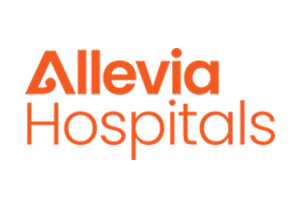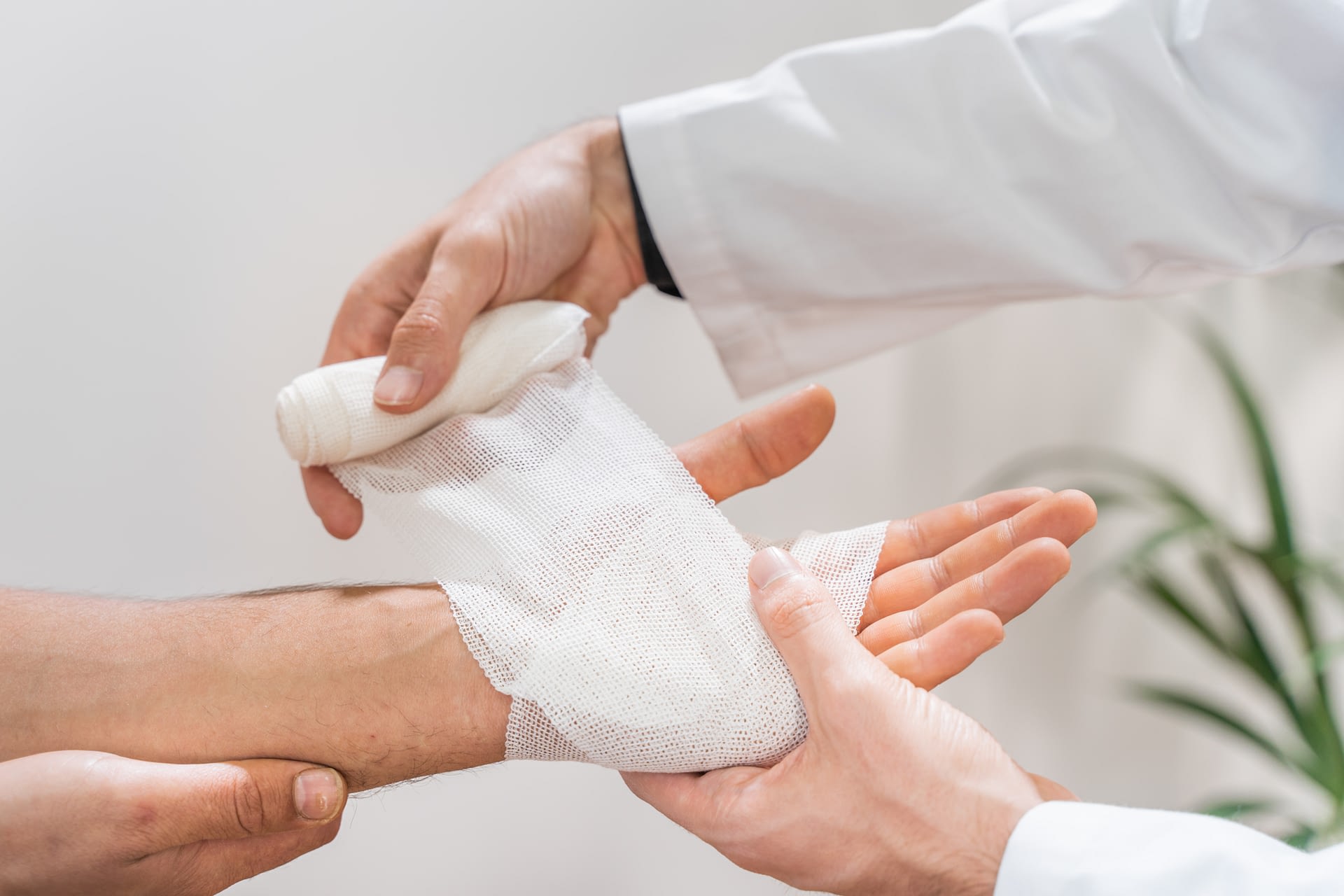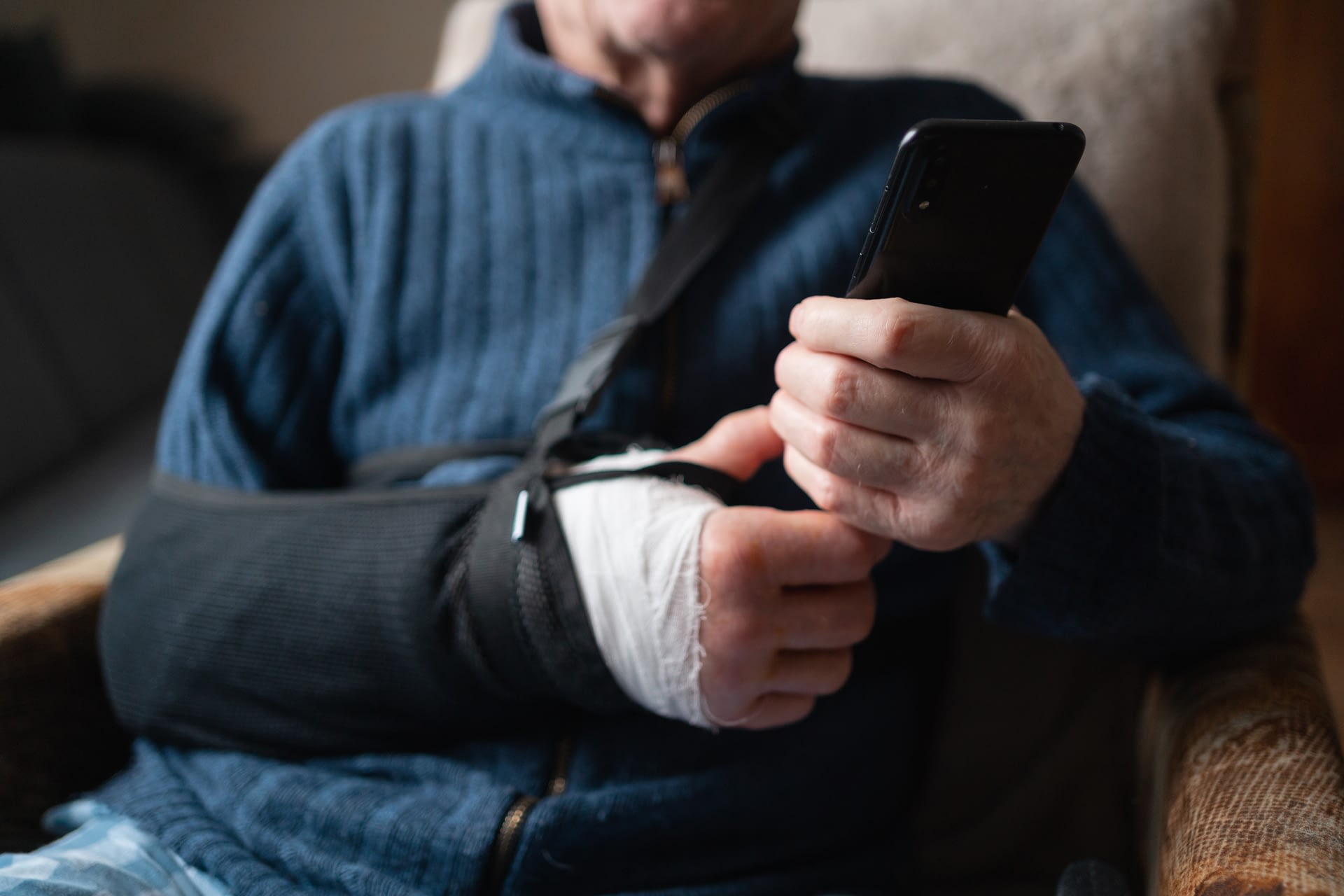Client Story
Post-Discharge Surgical Site Infection Surveillance at Allevia Hospitals

Ensuring no patient is overlooked
For over a century, Allevia Hospitals (formerly Mercy Ascot) has been at the forefront of private surgical care in New Zealand. With 22 operating theatres, 215 beds across the Epsom and Ascot Hospital sites capacity, specialised units including intensive care and coronary care, Allevia Hospitals is one of the country’s largest private providers of surgical care. When Keith Richards of the Rolling Stones fell out of a coconut tree in Fiji, it was Allevia Hospital Ascot that he was flown to, to have his brain surgery performed.
An integral part of Allevia Hospitals’ commitment to excellence is Terry Rings, Infection Prevention & Control Clinical Lead. Terry has actively developed a comprehensive Surgical Site Infection (SSI) surveillance programme, leveraging Cemplicity’s patient-reported data solutions to enhance patient care and infection control. “Infection rates have been low, but it is important to monitor them as part of our continuous improvement”, says Terry.

Filling the gaps in Post-Discharge Surgical Site Infection (SSI) Surveillance
Traditionally, hospitals relied on ward reports, surgeon feedback, and readmission data to track SSIs. However, this approach had limitations around:
- Post-discharge reporting – Many infections only manifest once a patient is home, making ward-based reporting incomplete.
- Recording cases – Some patients sought treatment outside their surgical hospital, such as at their GP or a regional hospital, without the infection being formally recorded.
- Follow-ups – Manually tracking every surgical patient post-discharge was impractical, especially with a high caseload.
“Now, one of the problems infection control has always had is gathering post-discharge data,” – Terry Rings.
So how does it work and what happens when a person is highlighted?
Allevia Hospitals utilises Cemplicity’s digital patient-reported outcomes system to enhance their ability to track, analyse and respond to SSIs.
Cemplicity’s automated surveys engage patients via email or SMS, asking key questions after surgery. Responses are directly and electronically imported into Allevia Hospitals’ surveillance database, where Terry and his team can:
- Flag high-risk patients early, and focus follow-up efforts efficiently.
- Ensure infections aren’t missed and no patient is overlooked.
- Integrate multiple data streams – combining ward reports, surgeon feedback, and Cemplicity responses for a holistic view.
- Analyse infection trends and risk factors, driving policy and procedural improvements.
Ultimately, optimising the view of SSIs, and reducing the load on practitioners.
Driving better outcomes by uncovering hidden SSI cases
Cemplicity supports Allevia Hospitals reporting SSI rates, identifying problem areas, and taking proactive action to prevent infections.
Additionally, survey response rates have improved.
- Previous paper-based surveys had a 24% response rate.
- With Cemplicity’s digital approach, the response rate is now 59%.
Comprehensive and actionable
Terry has structured Allevia Hospitals’ fully integrated SSI surveillance system around three core data streams:
- Ward reports: Infections reported by hospital staff.
- Surgeon feedback: Direct reports from clinical advisory boards.
- Cemplicity patient-reported data – Filling the gaps by tracking infections beyond hospital care.
By bringing these sources together, Terry uses a tracking system that is comprehensive in its reach and focuses attention where it’s needed.


